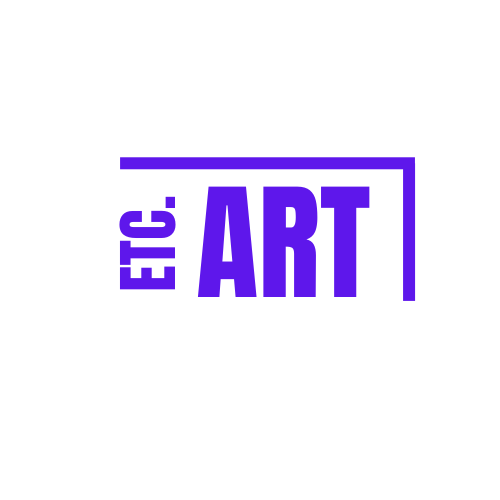FEATURING: Emotion & Intensity in Art
- Dr. Terry Davies

- Jun 9, 2024
- 9 min read
Art is a universal form of human expression and throughout its long history has produced images that reflect emotion and intensity. This article elides much of the canon of Western Art. It begins with prehistoric societies, primarily matriarchal, who produced nature- respecting art. It traces elements of such art re-emerging centuries later in the work of artists of both genders. It finally discusses the longevity of matriarchy in Wales. Ancient art’s recent consideration appears with the advent of Pluralism and Feminism. From the 1960’s Pluralism embraced and valued diverse cultures as well as the art of differing ethnicity, ideologies, abilities, genders, ages, religions, economic and educational status. Feminist art re-evaluates women's contribution to the arts and their pro-environmental stances.



